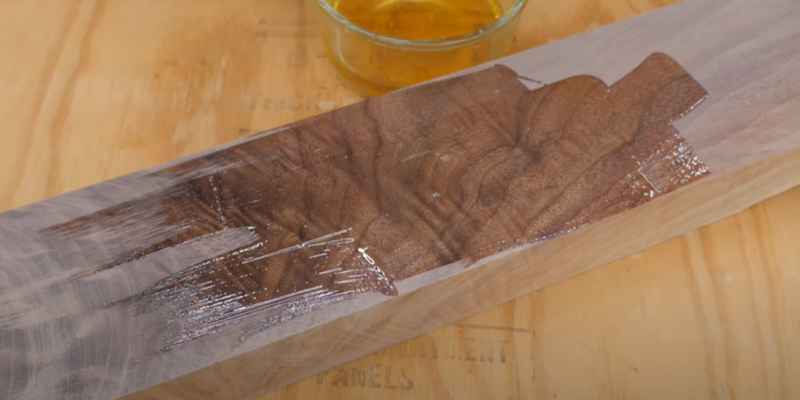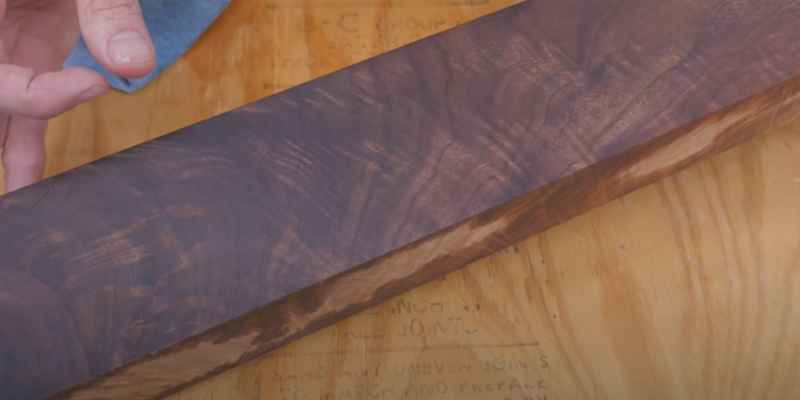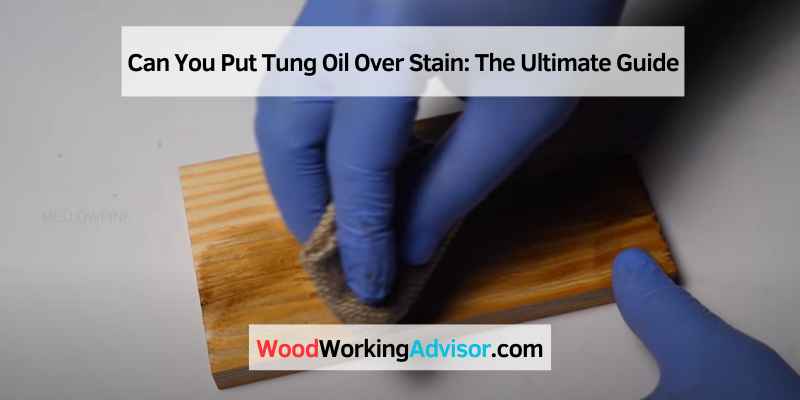Yes, you can use outdoor paint inside, but there are a few considerations to keep in mind. Outdoor paint is designed to withstand harsh weather conditions and may contain chemicals that can be harmful when used indoors.
It may also have a strong odor that can linger for a long time. However, if you properly ventilate the area and choose a low-VOC or zero-VOC outdoor paint, it can be used inside without much issue.
Can Outdoor Paint Be Used Indoors?
Many people wonder if it’s possible to use outdoor paint inside their homes. While outdoor paint is designed for exterior surfaces, there are instances where it can be used indoors as well. However, it’s essential to understand the benefits and considerations before making this decision.
Benefits Of Using Outdoor Paint Indoors
1. Durable and Long-lasting: Outdoor paint typically has a higher resistance to wear and tear, making it more durable when used indoors. It can withstand heavy traffic, making it suitable for high-traffic areas like hallways or entryways.
2. Moisture and Mold Resistance: Outdoor paint often contains additives that make it more resistant to moisture and mold growth. Using outdoor paint indoors can be beneficial in areas prone to moisture, such as bathrooms or kitchens.
3. UV Protection: Outdoor paint is designed to withstand the damaging effects of sunlight. Using it indoors, especially on windows or areas exposed to sunlight, can provide additional UV protection to prevent fading or discoloration.
Considerations Before Using Outdoor Paint Indoors
1. Odor and Off-Gassing: Outdoor paint may have a stronger odor compared to indoor paint. Ensure proper ventilation in the area where you plan to use outdoor paint indoors to minimize the smell and prevent any potential health risks.
2. Chemical Composition: Outdoor paint may contain chemicals that are not suitable for interior use. Read the label and ensure the paint doesn’t have any harmful toxins or chemicals that could impact indoor air quality.
3. Aesthetics: Outdoor paint may have a different finish compared to indoor paint. Consider the aesthetic impact of using outdoor paint inside your home and whether it aligns with your desired interior design.
4. Application and Coverage: Outdoor paint may require different preparation and application techniques compared to indoor paint. Additionally, it may have a different coverage rate, which could affect the number of coats required.
5. Warranty: Using outdoor paint indoors might void any warranty associated with the product. Ensure you check the manufacturer’s guidelines and warranty information before making a decision.
While using outdoor paint indoors can have its benefits, it’s crucial to carefully assess the specific situation and evaluate the advantages and considerations. Always consult with professionals or experts for guidance to ensure a successful outcome.

Tips For Using Outdoor Paint Indoors
When it comes to painting inside your home, you may be wondering if you can use outdoor paint. The answer is yes, you can use outdoor paint indoors, but there are some important tips to keep in mind. In this section, we will discuss the proper preparation, choosing the right outdoor paint, proper application techniques, and ensuring adequate ventilation when using outdoor paint indoors.
Preparation
Before you start painting with outdoor paint indoors, it’s essential to prepare the surfaces properly. This includes cleaning the walls or other surfaces, removing any dirt or debris, and repairing any cracks or holes. Make sure you sand any rough areas to create a smooth surface for better paint adhesion. Additionally, you may need to use a primer to help the outdoor paint adhere better to the interior surfaces.
Choosing The Right Outdoor Paint
Choosing the right outdoor paint for indoor use is crucial to ensure you get the best results. Look for paints labeled as “indoor/outdoor” or “interior/exterior” to confirm that they can be used inside. These paints are typically more durable and resistant to fading, cracking, and peeling. Additionally, consider the type of finish you want, such as matte, satin, or gloss, and choose a paint that suits your preferences.
Proper Application Techniques
When using outdoor paint indoors, it’s important to apply it correctly to achieve a professional finish. Use a high-quality brush or roller designed for the type of paint you are using. Apply the paint in thin, even coats, allowing each coat to dry thoroughly before applying the next one. This will help prevent drips and ensure a smooth, even finish. Pay attention to the manufacturer’s instructions regarding the recommended drying time between coats.
Ensuring Adequate Ventilation
Proper ventilation is crucial when using outdoor paint indoors. Open windows and doors to promote airflow and improve ventilation while painting. If possible, use fans to further enhance ventilation. This will help dissipate any fumes or odors from the paint and create a healthier environment. It’s also essential to avoid painting in poorly ventilated areas, such as small, enclosed spaces, to prevent the build-up of paint fumes.
Risks And Potential Issues
Outdoor paint should not be used indoors as it contains harmful chemicals and odors that can be dangerous to your health. It is essential to use paint specifically designed for indoor spaces to avoid potential issues and ensure a safe environment.
Toxicity And Health Concerns
One of the key risks associated with using outdoor paint indoors is the potential for toxicity and health concerns. Outdoor paint often contains higher levels of chemicals and volatile organic compounds (VOCs) compared to indoor paint. These chemicals and VOCs can emit harmful fumes and odors that can negatively impact indoor air quality and pose health risks.
While some outdoor paints may be labeled as low VOC or eco-friendly, it’s essential to read the product labels and follow the manufacturer’s instructions carefully. Exposure to high levels of VOCs can cause various health issues, such as respiratory problems, headaches, dizziness, and allergic reactions. Individuals with underlying respiratory conditions like asthma or allergies may be more sensitive to these pollutants.
Durability And Wear
Another potential issue with using outdoor paint inside is the difference in durability and wear. Outdoor paints are formulated to withstand harsh weather conditions, including UV rays, temperature fluctuations, and moisture. While these properties make outdoor paint ideal for exterior surfaces, they may not be suitable for indoor use.
Outdoor paint may be more likely to crack, peel, or fade when applied indoors, as indoor environments typically have controlled temperature and humidity levels. Additionally, the texture and composition of outdoor paint might be rougher compared to indoor paint finishes, which can affect the appearance and longevity of the painted surfaces indoors.
Long-term Effects Of Outdoor Paint Indoors
Using outdoor paint indoors can also have long-term effects on the overall indoor environment. The higher levels of VOCs and other chemicals in outdoor paint can continue to off-gas over time, even after the paint has dried. This ongoing release of chemicals can contribute to poor indoor air quality, leading to potential health problems.
In addition to the immediate health concerns, the use of outdoor paint indoors may affect the resale value of a property or require additional maintenance in the future. The potential for peeling, cracking, and fading of the paint can result in the need for early repainting or repairs, which can be costly and time-consuming.

Alternatives To Using Outdoor Paint Indoors
While outdoor paint may seem like a tempting choice for indoor projects, it’s important to exercise caution. Outdoor paint contains chemicals and additives that may emit harmful fumes indoors, compromising the air quality. Fortunately, there are alternative options that you can consider for your indoor projects. In this article, we’ll explore a few alternatives to using outdoor paint indoors.
Indoor Paint Options
When it comes to painting indoors, you have a wide variety of options to choose from. Indoor paint is specifically designed for interior surfaces, making it a safer and more suitable choice for your home. Let’s take a closer look at some common types of indoor paint:
Latex paint is a popular choice for interior painting projects. It is water-based, quick-drying, and has low levels of VOC (Volatile Organic Compounds), which makes it a more environmentally friendly option. Additionally, latex paint is easy to clean up with soap and water, making it convenient for indoor use.
Oil-Based Paint:
Oil-based paint is another option for indoor projects, although it has become less popular due to its high levels of VOCs. Oil-based paint has a long drying time but provides a durable and smooth finish. It is commonly used for trim work and furniture painting.
Chalk paint is a versatile option that can be used on various interior surfaces, including wood, metal, and even fabrics. It has a matte finish and requires minimal surface preparation. Chalk paint is known for its unique vintage look and can be easily distressed or aged.
Specialty Paints For Specific Surfaces
When painting specific surfaces in your home, you may require specialty paints that are designed to adhere to those materials and provide specific benefits. Here are a few examples:
| Surface | Specialty Paint |
|---|---|
| Bathrooms and Kitchens | Mold and Mildew Resistant Paint |
| Wood | Wood Stain or Wood Paint |
| Metal | Metal Paint or Rust-Resistant Paint |
Using the right type of paint for specific surfaces ensures better adhesion, durability, and longevity of your paint job, enhancing the overall look of your home.
By exploring these indoor paint options and specialty paints for specific surfaces, you can find the right alternatives to using outdoor paint indoors. Remember, it’s essential to prioritize your health and the quality of indoor air by using appropriate paints for your interior projects.
Conclusion
To wrap things up, using outdoor paint indoors can certainly have its drawbacks. While it may seem like a cost-effective solution, it is essential to consider factors such as ventilation and the potential release of harmful fumes. Additionally, using indoor-specific paint will provide longer-lasting results and ensure better adhesion to the surfaces within your home.
So, when it comes to painting indoors, it’s best to stick with paints specifically designed for indoor use, ensuring a safer and more durable finish for your living space.


